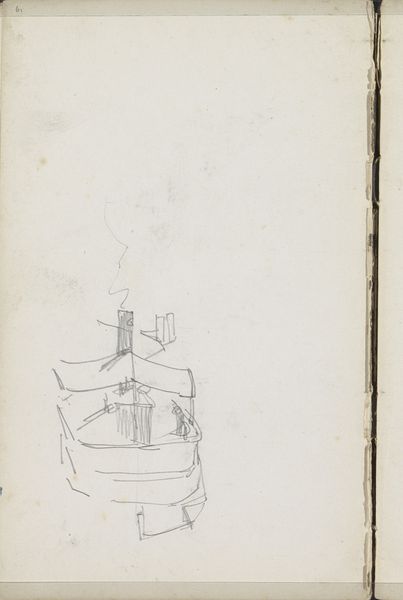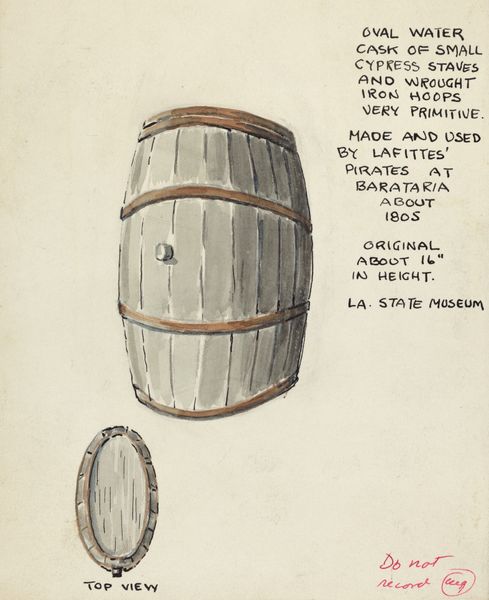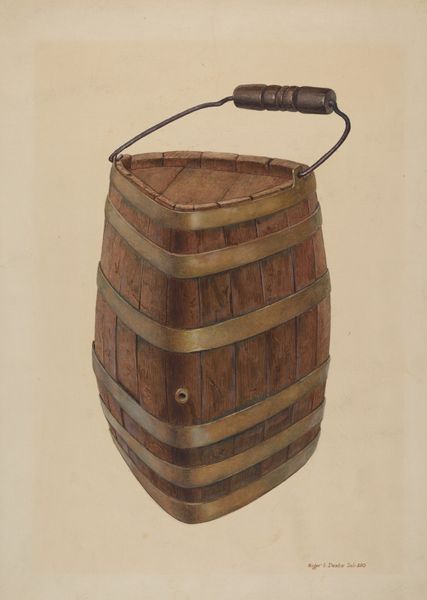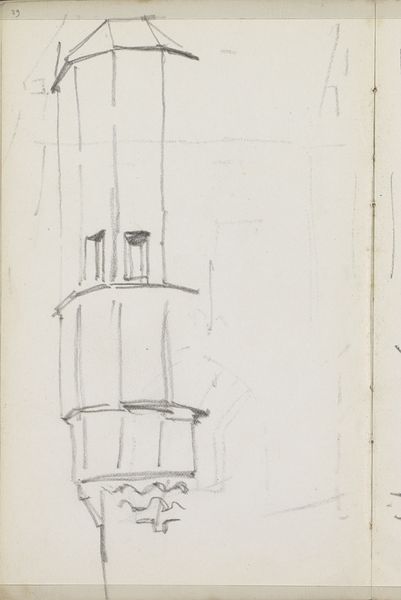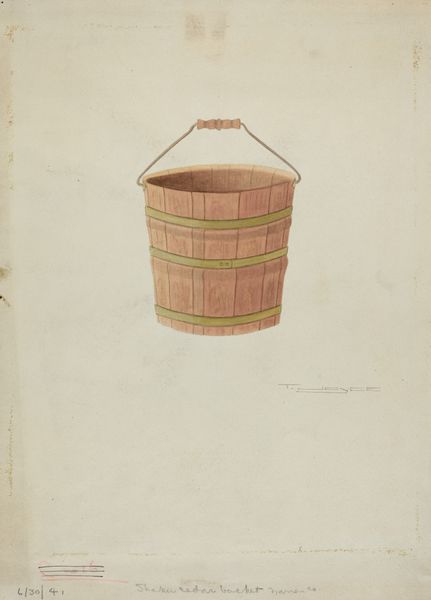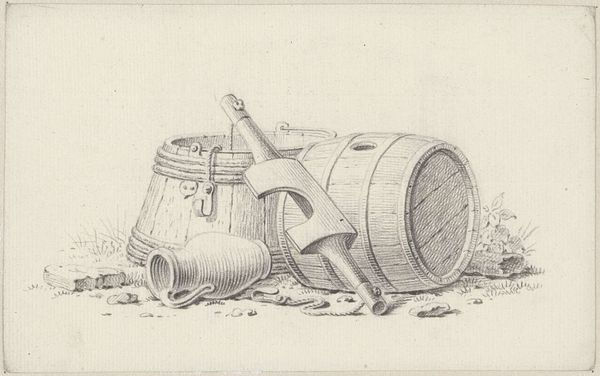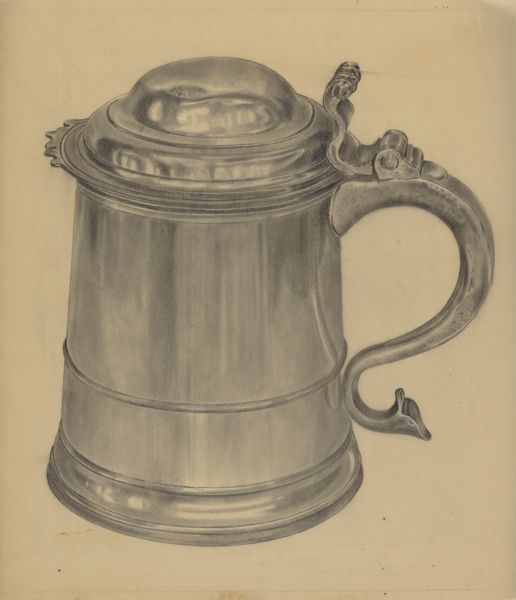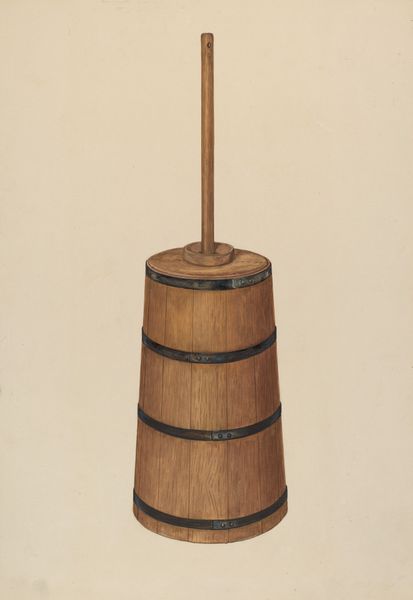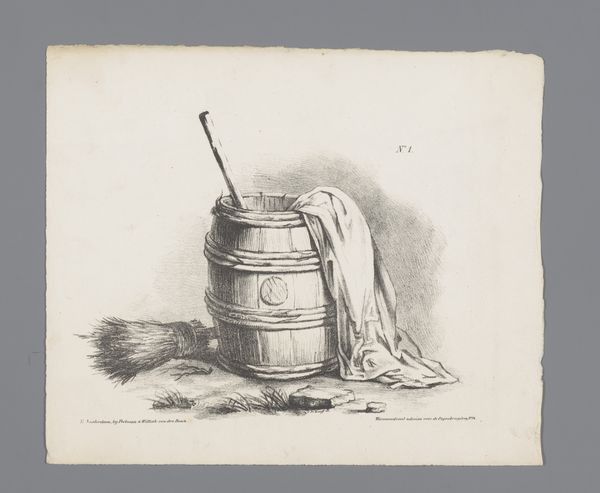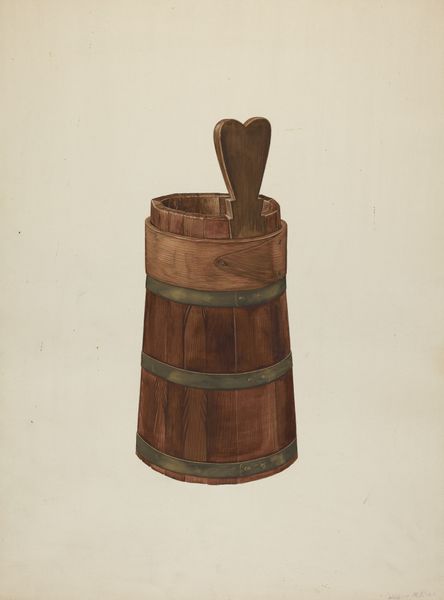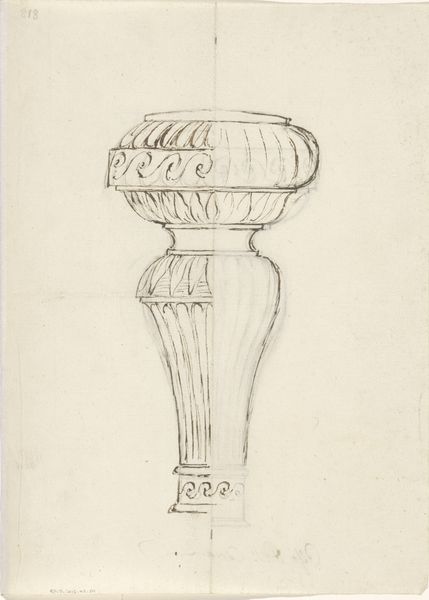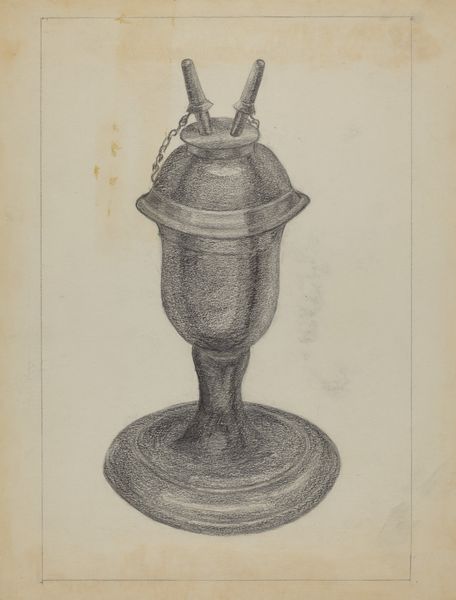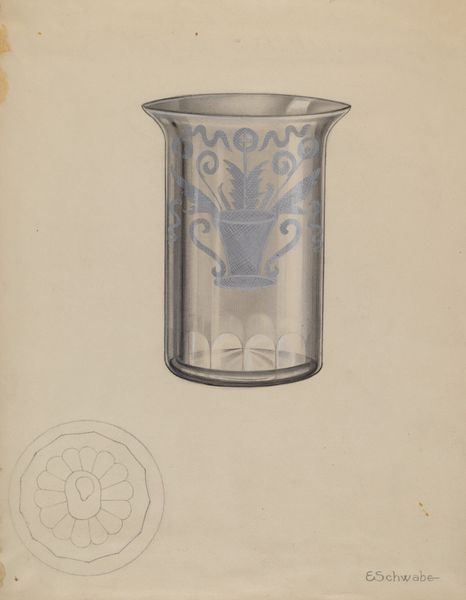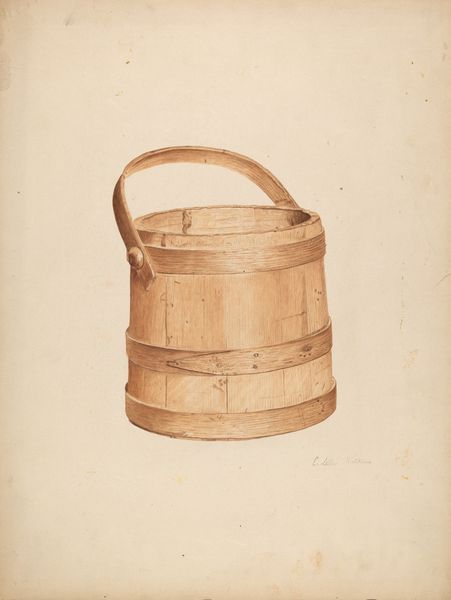
drawing, paper, pencil
#
drawing
#
impressionism
#
landscape
#
paper
#
form
#
pencil
#
line
Copyright: Rijks Museum: Open Domain
Curator: This delicate pencil drawing is titled "Bemanningslid (Lowie) in het kraaiennest," or "Crew Member (Lowie) in the Crow's Nest," created by Louis Apol around 1880-1886. It's currently held in the Rijksmuseum. Editor: It looks sparse and fleeting, almost like a thought captured on paper. The pencil lines are so economical, and the grid of the notebook adds to that sense of immediacy. There's a real sense of height too, in the way he positions the crow's nest. Curator: Absolutely. Considering Apol’s broader body of work, mostly focused on serene winter landscapes, this piece offers a glimpse into a different social and labor context, that of maritime industry. It makes you consider the lives and labor of those who crewed these ships. How did class and race dynamics impact those experiences at sea? Editor: And what's so striking is the almost brutal functionality of the composition. Apol focuses entirely on the structural elements, reducing the human figure, Lowie, to a few simple strokes within that framework. Curator: The sketch format itself, the pencil on paper, also hints at the accessibility, perhaps even disposability, of this record of Lowie’s labor. It raises questions about whose stories are valued, archived, and remembered. What did it mean to be remembered simply by this pencil drawing, rendered so efficiently? Editor: Indeed. There's an interesting tension created by Apol’s precise, linear style imposed onto a scene of rather physically demanding, working-class maritime life. Curator: Examining Apol’s formal choices within this work prompts important reflections about the role of the artist in depicting and contextualizing different lives and labors. Editor: For me, focusing on the artistic form highlights its elegant simplicity, contrasting with the implied complexity of its historical context. Curator: I appreciate how your approach draws our attention back to those initial artistic choices as a means of sparking essential questions, reminding us of the ongoing work of engaging critically with art history. Editor: And you have highlighted the socio-political questions raised through a seemingly simple pencil drawing. It shows how both form and context enrich our understanding.
Comments
No comments
Be the first to comment and join the conversation on the ultimate creative platform.
